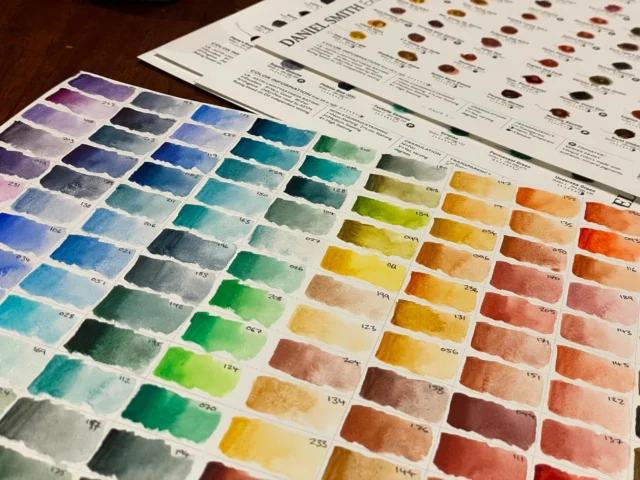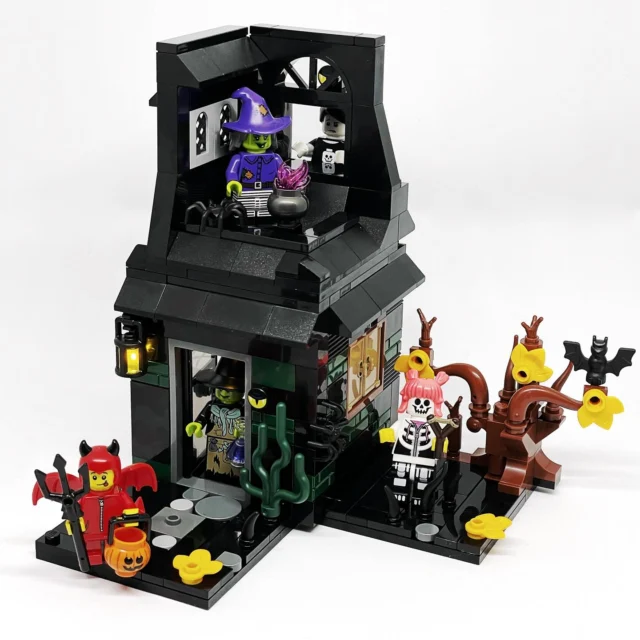I realised recently that I had not been paying much attention to my StatCounter account. I didn’t really check on who was coming from where and who was looking at what and while StatCounter is free and they offer lots of different analyses, I found it difficult to trawl through. So I made an account with Google Analytics for kristarella.blog and away I went.

Not long after that I came across a post by David Airey about referring sites recorded by Google. Reading that inspired me to look a little more closely at my site stats and in doing so I found Google Analytics to have a wealth of information. Whether I’ve put it to good use yet I’m not sure, but I thought I’d share some things I have picked up about actually reading your site stats.

Michael Martin from Pro Blog Design had a post on Problogger about considering width when designing your blog. So I looked up what sort of screen resolutions my readers were using. You can see above that (not surprisingly) many are 1024×768, the second most popular is 1280×1024. I was surprised by the proportion of people still using 800×600, that’s ok – I think the content here is suitable for that.
One of the other things that prompted me to pay more attention to statistics was WordPress’s incoming links on the Dashboard. Many of them are from meme blogrolls so I don’t pay much attention, the author of the page probably doesn’t know they’re linking to me. However, sometimes I get some really valuable links and miss them. The first screenshot above is an example of the display showing where people are coming from: search engines, forums, blogs that I’ve commented on and sometimes referrals within posts. This is handy because you can find out who is linking to you, you can find out why and if appropriate you can thank them!

Something that could probably be made more noticeable on the page is the navigation menu. It’s located at the top left of the page under the Google logo and account toolbar. It seems to go unnoticed, perhaps because the Google logo and the account toolbar are so bright and the menu is two shades of grey. This is definitely the place to go to explore what Google Analytics can do or if you’re looking for something specific. Within each of the four main topics (Visitors, Traffic Sources, Content, Goals) there are subheadings for the different information that is collected.

There is also this handy little icon set towards the middle right of the page, which allows you to change the way the information is presented. You can see that I quite like pie charts, as they’re a relative view of what’s happening on your site. They might not be as useful when comparing different sites, whole numbers might be better for that.
Interestingly, some discussion on David Airey’s post revealed that statistics can be different depending on who’s collecting them, for example Google verses MyBlogLog. If you’re really keen it might not go astray to compare different stat collecting tools.
Do you keep track of what’s happening on your site? Do you think considering your readers’ screen resolutions, browsers, search topics, page views would change anything you do?









I love these types of post (the geek in me). I find that I need to take each section of Google Analytics one step at a time, otherwise there’s too much info to multi-task (the man in me).
Thanks for the kind mention.
Great post Kristarella. I use those areas of GA as well. There are some really useful sections, but some of it seems a little much for my little blog (Goals!)
And your blog looks perfect on 800×600. The tree and the navigation with absolutely perfectly. Well done! 😀
And thanks for the link. I’m glad you liked the post. 🙂
I’m also using Analytics. I think it is very useful when you want to know about your top content pages. This way you can adjust future articles/pages to get the most traffic from them.
Also, it is handy to know which browsers are mainly used so you can decide if it is necessary to add CSS IE hacks or not to ensure that your visitors.
Right now 80% of my visitors use Firefox, with a small percentage using IE6. I know there is a “bug” with the menu which occurs in IE6, but since it is a minority right now, I don’t feel like fixing it.
Not to forget: the bounce rate.
It tells you a lot about your blog and how interesting your content is.
David – Hah! I usually find the geek in a man overrides the man part in terms of multi-tasking… or perhaps you’re just a realist, unlike my husband who when busy writing code pretends to listen to me. Then there’s confusion when he has no idea about the things I asked.
Michael – Thanks! I haven’t really gotten into the goals part either. At least from looking through the menu I know it’s there and can investigate it further at some point!
Marco – That’s a good point about browsers. I’ve just submitted mine to Browshershots because I still have a fair number on IE.
I only discovered bounce rate this week and from what I understand it’s when someone leaves after visiting one page. My bounce rate is 57% which seems a little high, but it’s interesting to see who’s bouncing. People coming in from Google searches have the highest bounce rates and people linking in from other blogs, referrals etc they visit a few pages. That makes sense to me, if someone is searching for info on a topic then they either find the info they want and use it or they go away. Perhaps one could use that for ideas on future blog posts, if they’re topics that you know something about?
my overall bounce rate is at 50% with 89% new visitors and an average of 46 visitors a day 🙂
I just wish the “average time on page” and “average page view” would be higher.
@goals: As far as I understand it these goals are only useful if you are running adverts for your page and want to see how good these ads are.
Another great option is the keywords list. If you use it right you can use the list to optimize your content and get more visitors.